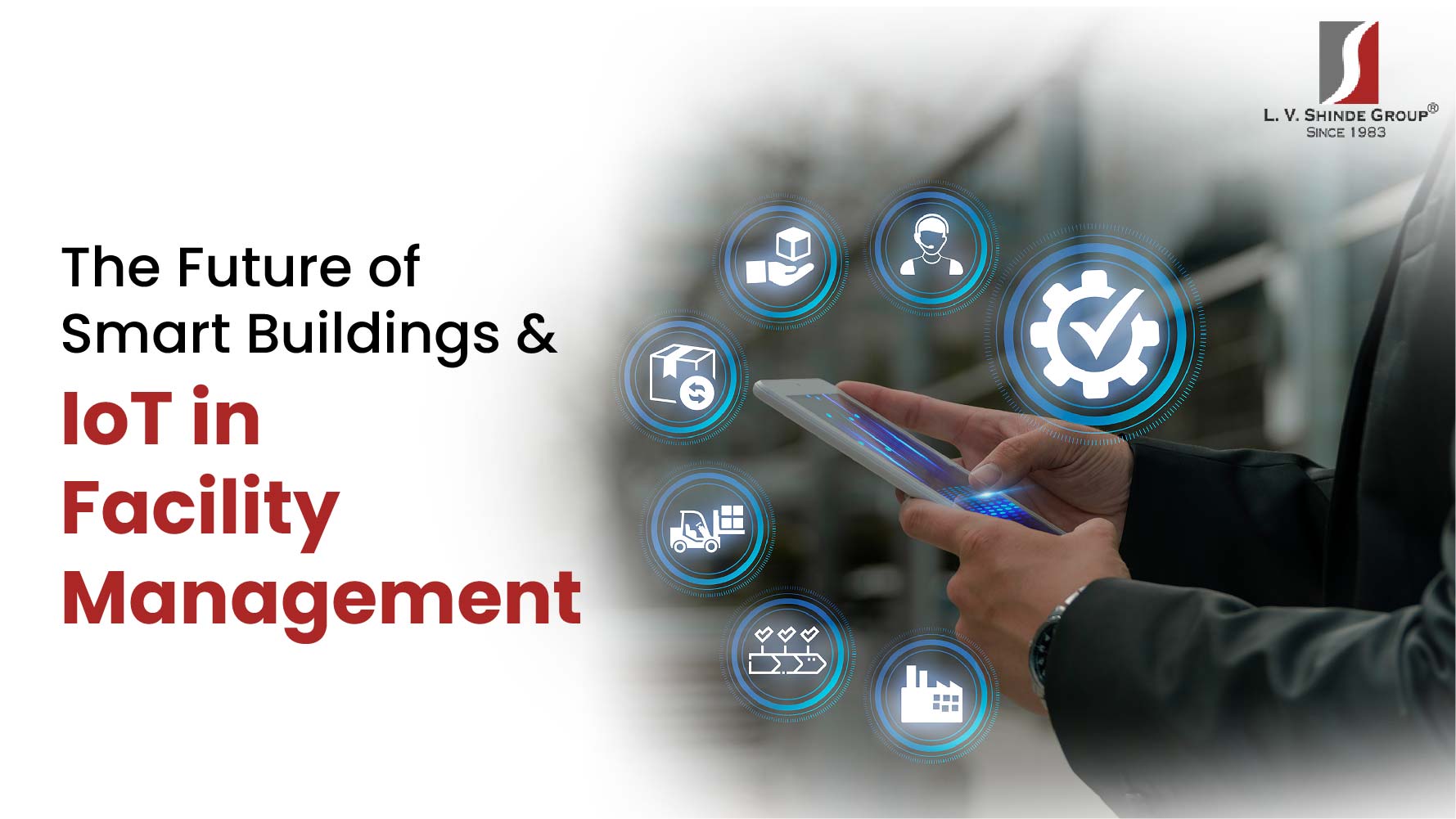The Future of Smart Buildings and IoT in Facility Management
In an ever-evolving world, the demand for smarter and more efficient facilities is on the rise. Smart buildings, integrated with the Internet of Things (IoT), have emerged as a beacon of innovation in facility management. This blog delves into the intricacies of smart buildings, the integration of IoT, and the limitless possibilities they bring to facility management.
What Are Smart Buildings?
Smart buildings are structures that employ automated processes to control various operations. They harness technology to manage lighting, climate, security, and more, all while focusing on optimizing the usage of resources. At the core, these buildings aim to improve the comfort, security, and efficiency of occupants and building management.
How IoT is Integrated into Smart Buildings
The extensive inclusion of IoT technology in smart buildings is the cornerstone of their advanced capabilities. Through a complex network of interconnected devices, real-time data is continuously collected and shared.
In the realm of smart buildings, these devices range from temperature and occupancy sensors to sophisticated systems managing lighting, HVAC, and security. With a centralized platform connecting them, these devices can be efficiently controlled and the gathered data can be analyzed.
Use Cases of IoT-based Smart-Buildings in Facility Management
In the realm of facility management, the integration of the Internet of Things (IoT) into smart buildings has unlocked a myriad of use cases. These applications encompass energy management, occupancy optimization, security enhancements, streamlined maintenance, and sustainability practices. Here’s a closer look at how IoT-based smart buildings are transforming the landscape of facility management.
1. Energy Management:
For instance, energy management is streamlined as IoT sensors monitor energy consumption and automatically adjust systems for peak efficiency.
2. Occupancy & Space:
Likewise, real-time information on occupancy and space utilization allows for optimized layouts and resource allocation. These are just some of how IoT integration has revolutionized facility management in the context of smart buildings.
3. Security:
Enhancing security is one of the key benefits of implementing IoT-driven surveillance and access control systems. This advanced technology allows for a more thorough and efficient monitoring process.
4. Maintenance:
Another advantage of incorporating IoT in building management is the improvement in maintenance. By utilizing predictive maintenance techniques, downtime and operating costs can be significantly reduced, leading to enhanced productivity and cost savings.
5. Sustainability:
Sustainability is also a crucial aspect of smart buildings, made possible through the use of IoT. With the ability to track environmental data in real-time, these buildings can adopt greener practices and contribute to a more sustainable future.
Key Technologies Driving Smart Buildings:
At the core of smart buildings lie various key technologies that enable seamless operations and data-driven decision-making. These technologies include sensors, robust connectivity infrastructure, data analytics, building automation systems, and advanced artificial intelligence. Each of these components plays a vital role in the evolution of smart buildings, enhancing their capabilities and functionality.
- Sensors:Sensors collect information on occupancy, temperature, and light, providing valuable real-time data.
- Connectivity: Robust connectivity infrastructure is also essential, ensuring seamless transmission of data between systems.
- Data Analytics:It plays a significant role in the success of smart buildings.With advanced processing capabilities, large amounts of data can be turned into actionable insights, allowing for more informed decision-making.
- Building Automation Systems:Building Automation Systems serve as the central control units that orchestrate various systems.
- Artificial Intelligence:Advanced artificial intelligence technology enhances the automation and decision-making capabilities of these systems.
Benefits of IoT-based Smart-Building in Facility Management
The integration of IoT-based smart buildings into facility management offers a multitude of benefits. By leveraging IoT technology, facility management teams can optimize their operations and contribute to a more sustainable and efficient future with the following benefits-
- Energy Efficiency:IoT-driven strength management reduces charges and carbon footprints.
- Cost Reduction:Predictive upkeep slashes downtime and repair charges.
- Enhanced User Experience:Comfort and convenience improve building occupants’ lives.
- Sustainability:Smart homes facilitate eco-friendly practices and reduce environmental impact.
- Data-Driven Decisions:Real-time statistics aid in strategic planning and choice-making.
The Future of Smart Buildings and IoT in Facility Management
In a rapidly evolving world, smart buildings integrated with the Internet of Things (IoT) are leading the way in facility management. These technological marvels are creating new possibilities for various below listed benefits.
- AI integration:AI-powered automation will be more sophisticated.
- Enhanced security:IoT will strengthen security through predictive analytics.
- Health and Wellness:Smart buildings focus on the health and well-being of their occupants.
- Increased connectivity:More widespread connected devices are on the way.
- Sustainable practices:Sustainability remains a driving force for smart building development.
How to Get Started with Smart Building Technology
To embark on a journey into the realm of smart building technology, one must first conduct a comprehensive survey of the facility’s needs. Careful selection of appropriate IoT devices and seamless integration into a centralized management system are essential for a successful transition.
- Survey:Start with a comprehensive survey of your facility’s needs.
- Selecting IoT devices:Choose the right sensors and devices for your specific needs.
- Integration:Use a centralized management system for seamless communication.
- Testing:Rigorous testing is necessary to ensure proper operation.
- Staff Training:Make sure your team is well-versed in smart construction.
FAQs about Smart Buildings in Facility Management
Intrigued by the concept of smart buildings in facility management?
Here are answers to some commonly asked questions. Understand the components of a smart building system, the role of data analytics, retrofitting existing structures, and the significance of building automation systems in the world of smart buildings.
Q1. What are the key components of a smart building system?
Smart building systems include IoT sensors, communication systems, central control systems, and data analytics tools.
Q2. How can smart buildings enhance energy efficiency and sustainability?
Smart buildings manage energy consumption, optimize systems, and facilitate sustainable practices.
Q3. What role does data analytics play in smart building management?
Data analytics processes the data collected by IoT devices, providing usable insights for better decision-making.
Q4. Can existing buildings be retrofitted to become smart buildings?
Yes, many existing buildings can be retrofitted with IoT devices to turn them into smart buildings.
Q5. What role do building automation systems play in smart building management?
Building automation systems are central control units that configure and control the systems in a smart building.
Conclusion
Step into the future with smart buildings and IoT technology leading the way in facility management. By revolutionizing the industry with increased efficiency, improved user experiences, and a sustainable focus, the advantages are undeniable.
And with exciting advancements still to come, there has never been a better time to embrace this cutting-edge technology and elevate your building with Supreme Facility’s expertise in smart building solutions.
Contact us now and join the future of facility management!


